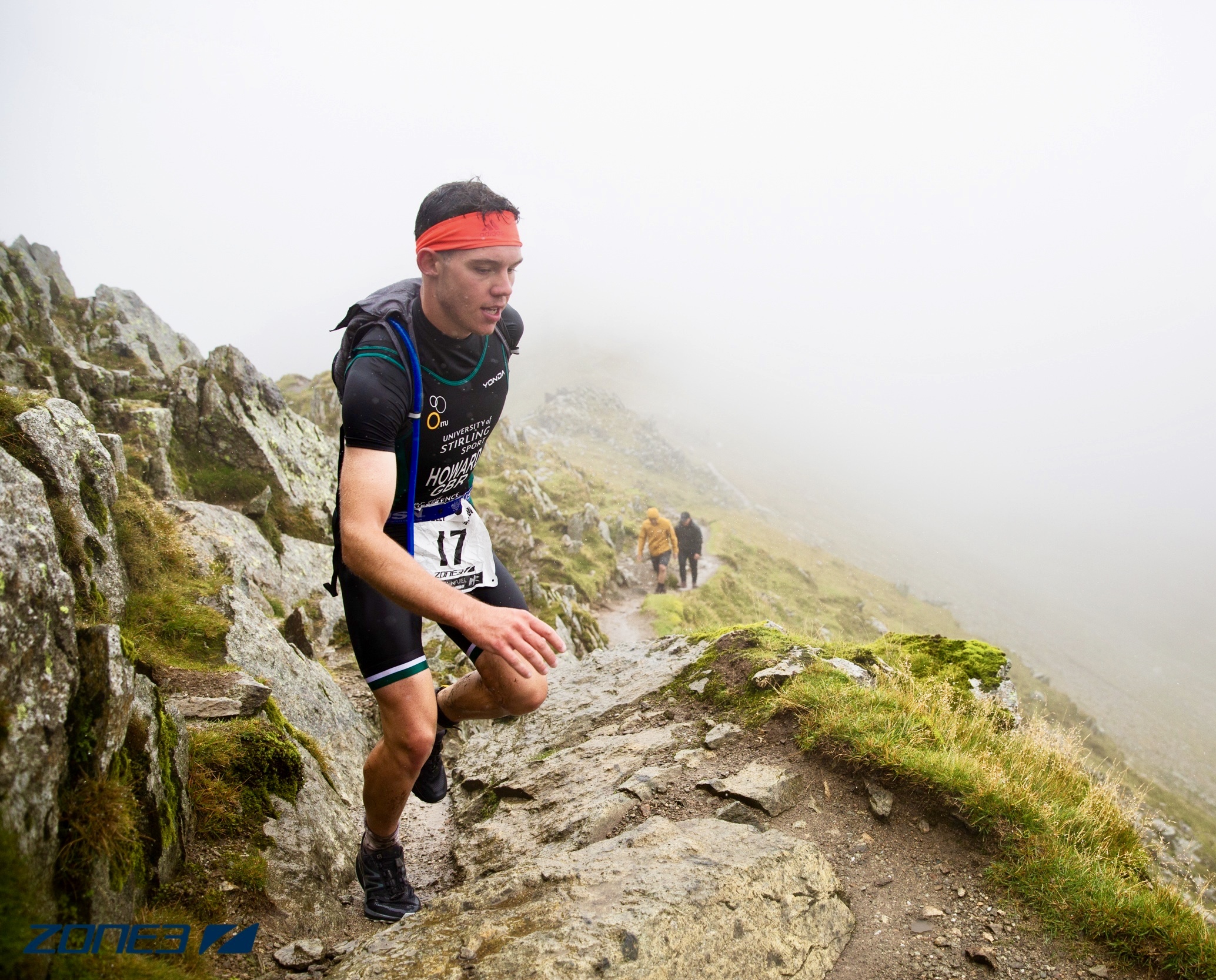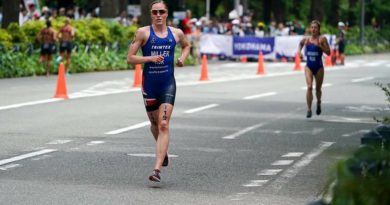Triathlon: where to now in the face of COVID-19?
Not surprisingly, Covid-19 has upended the 2020 sporting calendar, with triathlon organisers everywhere suspending their activities to limit the spread of the virus.
- The Covid-19 pandemic has upended all areas of triathlon.
- Social distancing measures, brought in to limit the spread of coronavirus, have had a significant effect on Triathlon events.
- Every aspect of triathlon has been affected, from the athletes themselves to media coverage.
The absence of “real” triathlon and sport in general has presented an opportunity for e-sports to grow e.g. Zwift. This is a welcomed temporary measure for athletes home alone or in a family group to have contact, to the sports world, with others through camera or computer screen.
But is this the long term solution?
What exactly happens when all your hard effort is extinguished 200m from the finish line due to the tiniest bit of lag in your internet connection or you became disadvantaged with a possible onset of ‘Drafting-Bot’ cheat software, when not under the watchful eye of technical umpires.
What has emerged from the lockdown is that many are more aware of the importance of physical activity than ever. Lack of participation in physical activity contributes to a greater prevalence of pediatric obesity, a decrease in fitness (e.g., flexibility, muscular strength, cardiorespiratory capacity), and a greater risk for disease (including Covid-19). The World Health Organisation recommends 150 minutes of moderate-intensity or 75 minutes of vigorous-intensity physical activity per week. Most of us would accept that socialising through triathlon has the potential to be largely beneficial to physical, mental and social health, and that the benefits largely outweigh the pitfalls.
However, relatively little has been said about the impact of social distancing or isolation on triathlon at a more general, community-based or local level. Triathlon has long been considered a valuable tool for fostering communication and building bridge between communities and generations. Through triathlon, various social groups are able to play a more central role towards social transformation and development, particularly in a society that is still dealing with racism and inequality issues.
So the question arises, will it still be possible to build triathlon around existing organisational blocks, which, at their heart, are based around notions of the community, inclusiveness and mutual support? The experience of triathlon is likely to have to change for the foreseeable future, due to events needing to be Covid-19 secure, i.e. with social distancing regulation. Covid-19 secure regulations will increasingly encourage individual outdoor ‘sport’ participation, which could very well eclipse the practice of group sports and mass starts.
Back in June, Guernsey Triathlon Club set out a social distancing race blueprint and British Triathlon have now developed and introduced ‘Intelligent Race Days” (IRD) which in effect are individual time trials.
For the IRD races, all athletes will be in one ‘wave’ and must:
- Start 20 seconds apart in an individual rolling start,
- Keep the mandatory minimum distances behind (swim: 2m; bike: 10m; run: 2m) at all times unless overtaking.
Athletes will be ordered in each wave in a way to minimise the chance of overtaking.
Whilst triathlon events without mass starts will limit places, IRD races do support the safe re-opening of triathlon events as well as maximising the benefits that sport and physical activity can bring in the age of Covid-19 and beyond.





